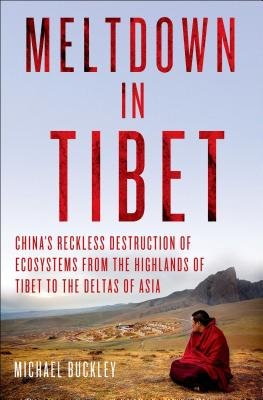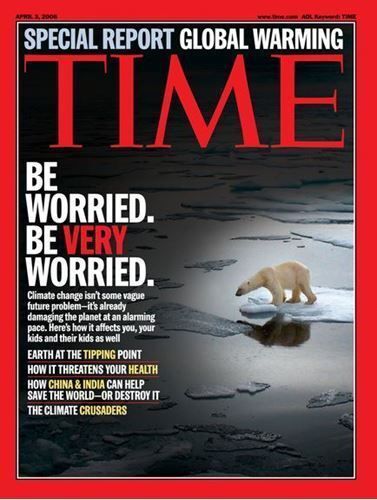What do you think?
Rate this book


Hardcover
First published April 24, 2013
"The Himalayan snowcaps are in meltdown mode due to climate change - accelerated by a rain of black soot from massive burning of coal and other fossil fuels in both China and India. The mighty rivers of Tibet are being dammed by Chinese engineering consortiums to feed the mainland's relentless quest for power. There are plans to divert water from major rivers in Tibet to feed China's desperate thirst for clean water.* The grasslands of Tibet are being usurped by desert - partly due to climate change, but mostly due to the shortsighted Chinese policy of forcibly removing Tibetan nomads from the grasslands and settling them in concrete hovels. Even yaks - the iconic creatures of Tibet - are vanishing; the yaks are sent to slaughterhouses when nomads are settled. There is high demand for yak meat among wealthy Chinese."It is truly horrific what China has done to destroy the people and culture of Tibet over the past 70 years - but that damage is already done and largely irreversible. What has received far less publicity is the ongoing ecological holocaust that is also taking place there, in terms of Chinese damming of the rivers that provide life to much of India and Southeast Asia, the massive deforestation of Tibet and elimination of its wildlife, and the over-mining of the regions resources, (uranium, rare earth elements, etc.).

